When you’re preparing to close on a home, you’ll receive several final documents outlining your loan terms, closing costs, and the exact amount each party must pay or receive. Two of the most important are the closing disclosure and the settlement statement (also called an ALTA settlement statement or, in older transactions, a HUD-1).
Although the two forms often contain similar numbers, and those numbers must match, they aren’t interchangeable. A closing disclosure is a lender-required document that explains the details of your mortgage and must be delivered at least three days before closing. A settlement statement, on the other hand, is a closing agent–prepared document that shows the final, itemized costs of the transaction and is given to both the buyer and seller on closing day.
Whether you’re closing in Boulder, CO, Memphis, TN, or Providence, RI, understanding how these documents work together can help you catch errors early and avoid last-minute surprises.
What is a closing disclosure?
A closing disclosure is a federally required, five-page document that gives the borrower (the buyer taking out a mortgage) the final details of their home loan. It is designed for consumer protection and must be delivered at least three business days before closing.
Who receives the closing disclosure?
Only the borrower receives the closing disclosure. Sellers do not receive this document.
What is the purpose of the closing disclosure?
The closing disclosure outlines:
- Final loan terms: Includes interest rate, loan amount, and any changes to terms since application.
- Projected monthly mortgage payments: Details your principal, interest, mortgage insurance, and escrow for your monthly budget.
- Closing costs and prepaid expenses: Lists all required upfront payments, like taxes, home insurance, and interest.
- Cash needed to close: The exact amount you’ll need to bring to closing, avoiding surprises.
- A detailed breakdown of loan fees, lender charges, and third-party costs: It details every dollar’s destination, from origination to appraisal and title charges.
The closing disclosure’s main job is to ensure borrowers know exactly what they’re paying and can compare the final numbers with their earlier loan estimate.
Timing: The three-day rule
Federal law requires lenders to provide the closing disclosure three business days before the buyer signs final loan documents. This gives borrowers time to review, ask questions, or flag discrepancies.
What is a settlement statement (ALTA or HUD-1)?
A settlement statement, often called an ALTA settlement statement, is a detailed breakdown of every financial line item in a real estate transaction. Unlike the closing disclosure, it accounts for both sides of the deal.
Who is the recipient of the settlement statement?
Both the buyer and seller receive their own versions of the settlement statement. Redfin agents and lenders often receive copies as well.
What is the purpose of the settlement statement?
The settlement statement itemizes:
- All buyer and seller closing costs: A comprehensive list of all transaction fees, from title to recording, detailing who pays each.
- Credits and prorations: Pro-rations for property taxes, HOA dues, utilities, or seller concessions ensure each party pays their fair share up to closing.
- Taxes and insurance: Property tax, transfer tax, homeowner’s insurance, and any lender-required prepaid reserves collected.
- Agent commissions: Total commissions owed and distributed to the buyer’s and listing agents.
- Payoffs: The exact amounts required to pay off the seller’s existing mortgage, liens, or property-related obligations.
- All deposits and disbursements: Details all prepaid money (like earnest money) and how funds will be distributed post-closing, including seller proceeds.
Accuracy: Totals must match the closing disclosure
Because the closing disclosure is based on the settlement statement, the buyer’s totals must match exactly, especially cash to close and closing costs. If they don’t, the closing agent must correct the documents.
The key differences between closing disclosure vs. settlement statement
To help make sense of when you’ll see each form and what it covers, the key distinctions between the closing disclosure and the settlement statement are outlined below.
| Feature | Closing disclosure | Settlement statement |
| Who receives it? | Borrower only | Buyer and seller each get versions |
| Purpose | Final loan terms and borrower-specific costs | Full financial accounting for both parties |
| Content | Loan details, payments, borrower costs | All transaction charges, credits, deposits, commissions |
| Legal requirement? | Yes, more mortgage loans | Not federally required, but standard practice |
| Timing | Must be received 3 days before closing | Typically provided at or just before closing |
| Must match? | Yes, must match settlement totals | The basis for CD figures |
Why both documents matter
Although they serve different roles, the closing disclosure and settlement statement work together to ensure:
- Transparent, accurate accounting
- Protection for both buyer and seller
- Compliance with federal consumer-protection rules
- Consistent final numbers
The settlement statement is particularly helpful for tax preparation and record-keeping, especially for sellers who need proof of fees, commissions, and closing costs.
State-specific notes: California and other markets
Because closing customs vary from state to state, the exact documents you receive—and who prepares them—can look a little different depending on where you buy them.
Escrow states
- Where: California, Washington, Arizona, Nevada
- How it works: Escrow or title companies oversee the closing and coordinate funding.
- Buyer paperwork: Closing Disclosure + buyer’s ALTA settlement statement
- Seller paperwork: Seller-specific ALTA settlement statement
Attorney states
- Where: New York, New Jersey, Massachusetts, Georgia, North Carolina, South Carolina
- How it works: A real estate attorney conducts or supervises the closing and reviews all documents.
- Buyer paperwork: Closing Disclosure + ALTA-style settlement statement (may include state-specific fees)
- Seller paperwork: Seller’s ALTA settlement statement with any attorney-required addenda
Title-company states
- Where: Many Midwestern and Southern states
- How it works: Title companies lead the closing process and handle funding, recording, and disbursement.
- Buyer paperwork: Closing Disclosure + ALTA settlement statement (format varies slightly by market)
- Seller paperwork: Seller-specific ALTA settlement statement
Cash transactions (nationwide)
- Where: All states
- How it works: With no loan involved, there’s no lender oversight and no Closing Disclosure.
- Buyer paperwork: ALTA settlement statement (or occasionally a HUD-1 in certain markets)
- Seller paperwork: Seller’s ALTA or HUD-1 settlement statement
When and how you’ll receive these documents
Timing matters during the closing process, so here’s when you can expect each document to show up.
- Closing disclosure: Sent by the lender three business days before closing, usually by email through a secure portal.
- Settlement statement: Prepared by the title company or closing attorney and delivered shortly before or at closing, sometimes the day of.
Using the settlement statement for taxes and records
The settlement statement is one of the most useful documents you’ll receive at closing because it includes:
- Property taxes paid or credited
- Transfer taxes
- Recording fees
- Real estate commissions
- Seller-paid closing costs
- Buyer credits and adjustments
Sellers in particular should keep this document for capital gains reporting.
Compliance and accuracy checklist
Before you sign your final documents, it’s worth running through this short accuracy checklist:
- Confirm you received your closing disclosure at least 3 business days before signing
- Compare loan terms with your loan estimate
- Check that the closing disclosure totals match the settlement statement
- Review prorations, credits, and payoffs
- Ask your lender or closing agent about any unexpected fees
FAQs: Settlement statement vs closing disclosure
1. Is settlement and closing the same thing?
No. Closing is the event where documents are signed. Settlement is the financial accounting of the transaction, documented on the settlement statement.
2. What is a settlement statement used for?
It itemizes every charge, credit, deposit, and fee for both the buyer and seller.
3. When should a seller receive a settlement statement?
Typically shortly before or on the day of closing, provided by the title company or closing attorney.
4. Is there another name for a settlement statement?
Yes, ALTA Settlement Statement or, in some cases, the older HUD-1 Settlement Statement.
The post Settlement Statement vs Closing Disclosure: What’s the Difference? appeared first on Redfin | Real Estate Tips for Home Buying, Selling & More.





Join The Discussion